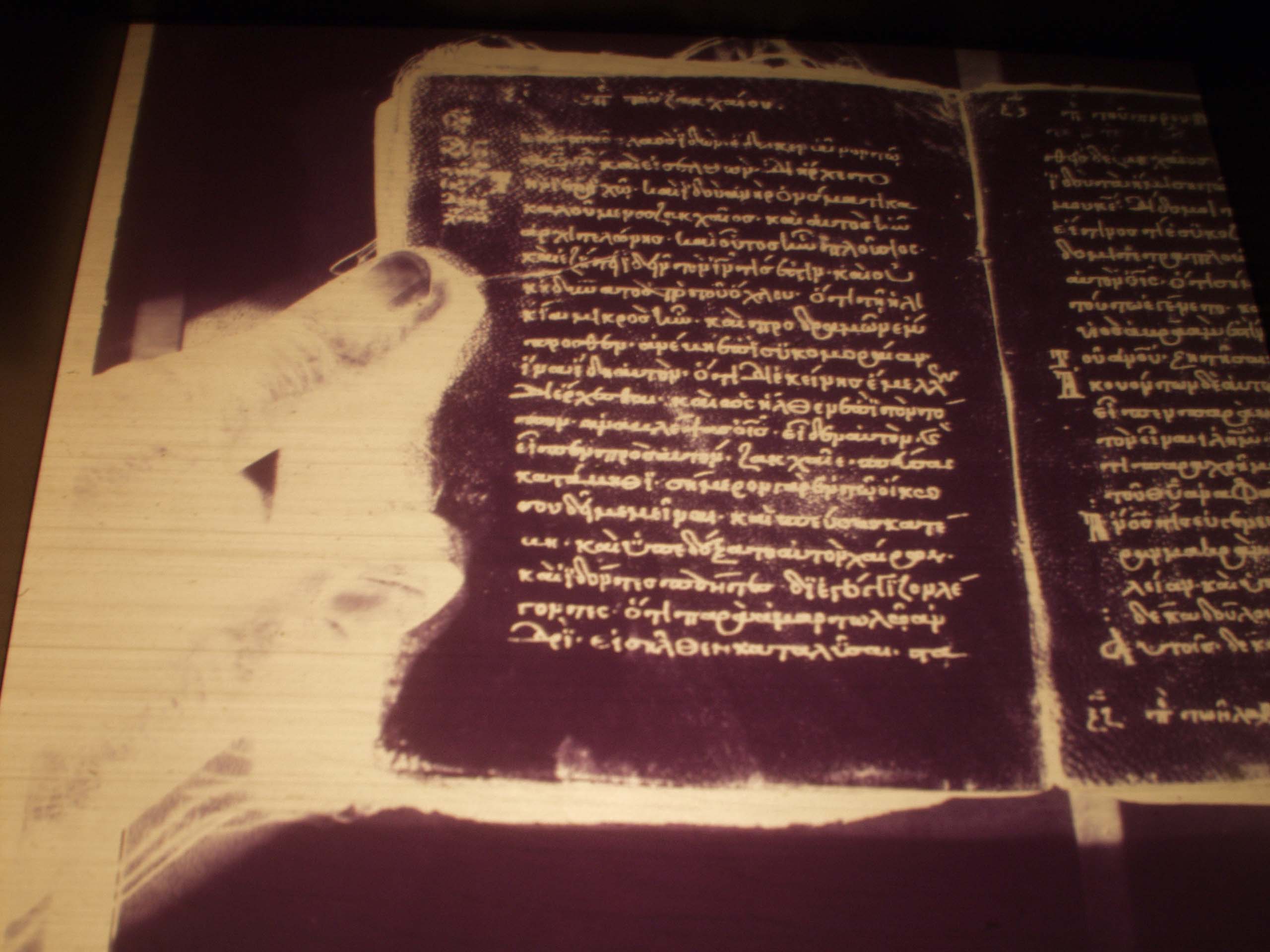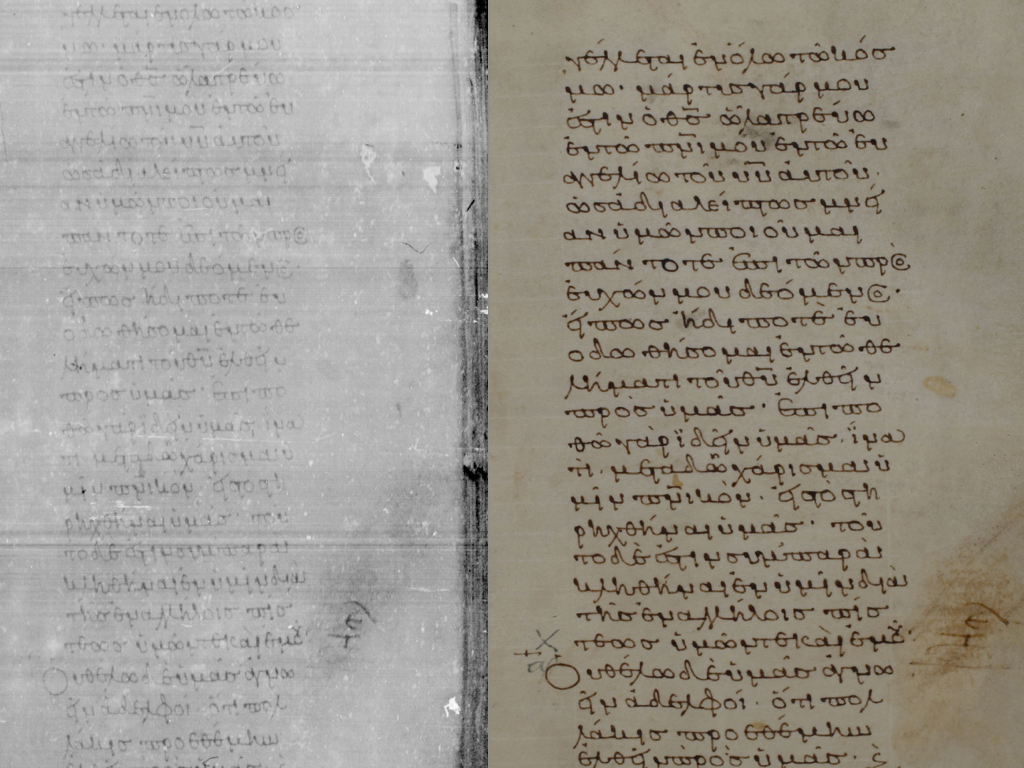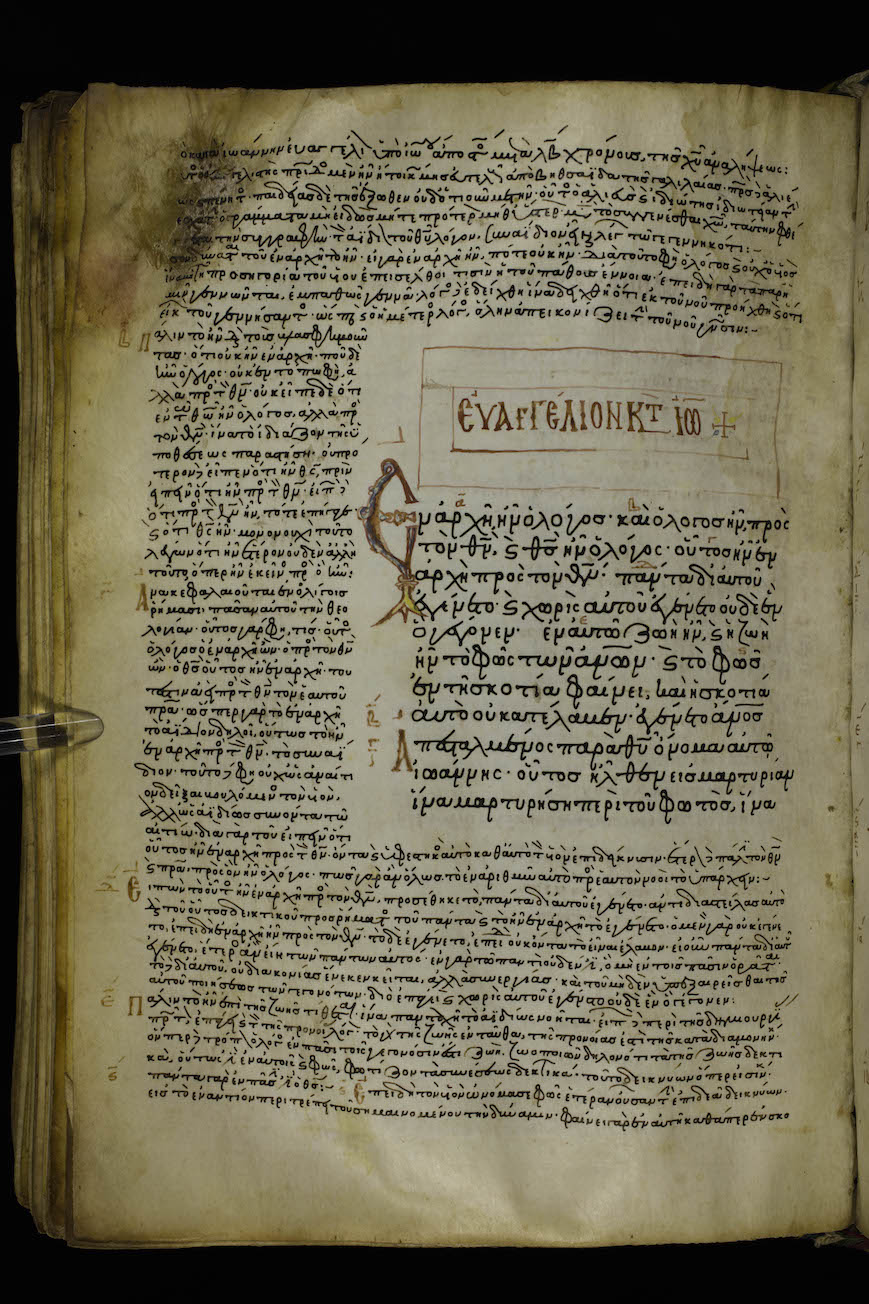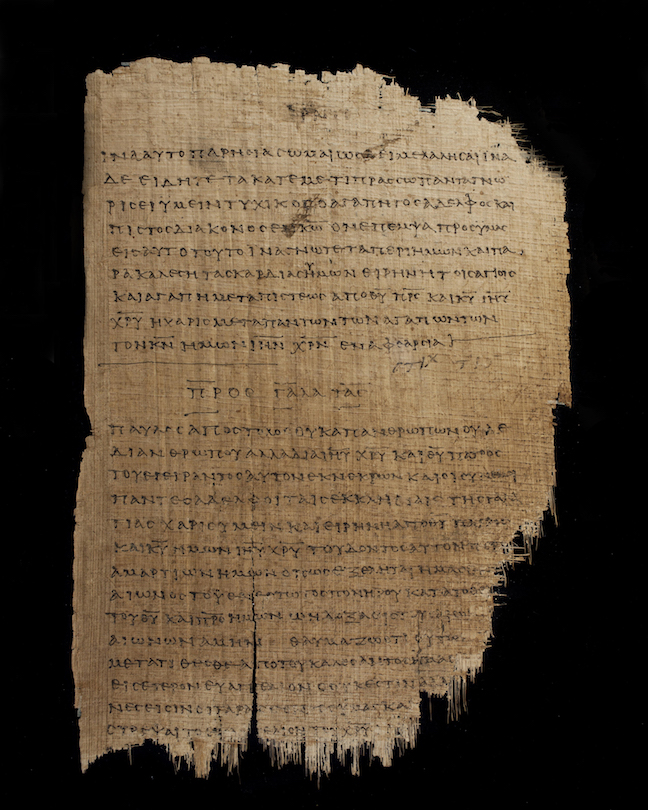By: Daniel B. Wallace, PhD
In the beginning there was microfilm. And it was not good. The finer points of the text could not be read, the colors were rendered in various shades of gray, and marginal notes and commentaries were seen as lines and bumps. Erased text and corrections were undetectable, and dating the manuscripts was made more difficult because certain paleographical clues were invisible. A large percentage of the microfilm images were completely illegible. But this was all that NT scholars had to work with. And hundreds of manuscripts have never been microfilmed at all, quite a few of which were completely unknown to biblical scholars. Of these, CSNTM has already digitized nearly 100 previously unknown manuscripts.

Microfilm Image of Codex 2813
Then came digital photography. And it was very good. The Center for the Study of New Testament Manuscripts was founded in 2002. Our first digitization project was in Münster, Germany, at the Institute for New Testament Textual Research (INTF). We shot the NT manuscripts owned by the institute. These were the first NT manuscripts to be digitized, and it was appropriate that INTF was the place to launch our work. Our four and fivemegapixel cameras (state of the art at the time)—produced significantly better images than the microfilm. The shutter click to computer upload took 90 seconds. The whole job took several weeks.

Microfilm and Digital, side by side
In the following years, digital cameras continued to improve. Today, we use 50 MP cameras that produce 300 MB images in TIFF. From shutter to camera is virtually instantaneous. The finest details on any given page can be blown up many times. The colors, marginal notes, even much erased text, can now be seen with ease. And posting these images on http://www.csntm.org, making them free for all and free for all time, gives scholars accessibility to these manuscripts at the click of a button.

Codex 800 at the National Library of Greece, Athens
One of the most significant values of digitizing these manuscripts is that an exquisite image of every page is preserved for ages to come. Every library where we digitize these documents gets a complete archival copy of each handwritten treasure. And the images can be enlarged multiple times without any pixilation. Even the finer hues—which often have interpretive significance—are clearly visible. The tiniest detail no longer hides from the scholar’s sight; the former blurs are now conspicuous letters.

Page from P46, the oldest manuscript of Paul’s letters
So, why do we do what we do? CSNTM digitizes manuscripts for preservation, accessibility, clarity, recovery, and discovery. Ultimately, these images help scholars to produce Greek New Testaments that, in turn, are translated into modern languages. These priceless, one-of-a-kind codices, long obscured by microfilm, are coming to brilliant light, bringing glory to the libraries that own them and informing the New Testament text that you read today.
